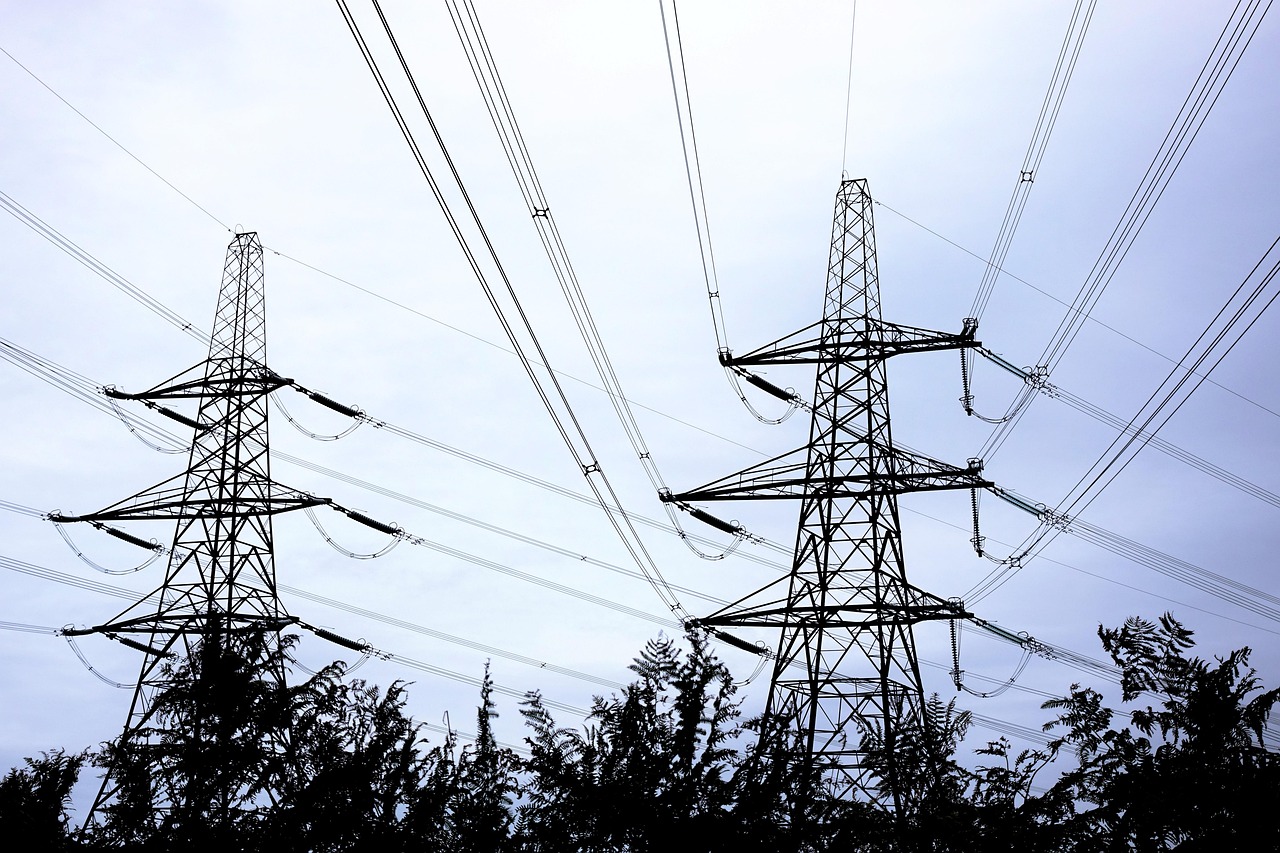As residential electricity rates tick up, artificial intelligence (AI) data centers are increasingly being painted as villains. In Virginia, home to the world’s largest concentration of data centers, the leading candidate for governor has argued the industry is not paying its “fair share” of electricity costs.
If this public perception hardens into conventional wisdom, data centers could find themselves in a losing battle with residential customers for a scarce resource. But contrary to this perception, data centers could be a major part of the solution to the problems of rising demand, insufficient generation, and inefficient demand management faced by electricity grids.
Welcome to the neighborhood
AI data centers are positioned to become core parts of regional grids as they increasingly rely on large co-located generation assets. The more AI data centers can avoid competing with residential ratepayers as innovation catches up with demand, the better. For example, numerous new data centers are planned in Texas that intend to supply all of their own electricity from co-located natural gas turbines. These generation assets will likely produce more power than their associated data centers consume, and could flex that supply to the grid, to the benefit of local consumers if they connect in the future. Data centers are also likely to be large-scale customers for clean energy technologies like small modular reactors (SMRs) and battery energy storage system (BESS) installations, providing market demand regardless of changing subsidy regimes.
Data centers, however, do not necessarily need to provide 100 percent of their own power to mitigate stress on the grid. Those with partial, co-located backup power can seriously reduce systemwide demand spikes by flexing down their demand on the grid by relatively small amounts.
Facilitating co-located generation
That said, to avoid long interconnection queues and time-consuming regulatory requirements for connecting to the grid, some data centers will prefer to go it alone, remaining off the grid and powering themselves exclusively with co-located generation. New Hampshire has gone so far as to simply exempt power users from grid permitting requirements if they remain off grid and to investigate withdrawal from the regional grid Independent System Operator “ISO New England.” Ideally, they would connect to the grid in the future to provide additional generation capacity and demand flexibility, so clear interconnection requirements even in the absence of required permits would help facilitate connections in the future. Of course, even power plants not connected to a grid must meet safety and construction standards, but they are spared the grid standards needed to ensure the entire grid remains balanced and adequately supplied.
Facilitating the rapid construction of new generation capacity by private companies has the added benefit of avoiding stranded asset risk to utilities. If demand fails to materialize and generation infrastructure is overbuilt, the private companies that built it will be on the hook rather than utilities and their ratepayers.
Time-of-use pricing
In addition to co-located generation, pricing mechanisms that reflect real-time electricity use offer another avenue for supporting grid stability. Time-of-use (TOU) pricing—charging different rates for electricity depending on demand—is particularly well suited for data centers that have the capacity to flex grid demand. Implementing TOU pricing for these data centers would encourage them not only to flex their demands on the grid, but also to shift that demand geographically. Building or leasing additional fiber capacity can be a cost- and time-effective alternative to laying additional transmission lines for data centers. A stronger price signal could encourage firms to use these fiber-optic cables to shift lower priority workloads to other data centers where electricity is cheaper.
AI could also make TOU pricing clear and simple for residential consumers to lower their bills. Residential TOUexists but is not widely implemented. It tends either to fail to incentivize consumers to shift their electricity use, or incentivize and create new demand peaks at the lowest-priced use times. AI could automate the system, smoothing the demand curve without forcing consumers to make complex calculations or shift all their affected use to a specific new time. It could allow residential consumers to determine how much of a trade-off between cost and convenience they are willing to accept and set their smart meter accordingly. A greater tolerance for reducing heating, air cooling, and other electricity use would result in lower bills. For example, a budget-minded consumer who set a preference to “lowest cost” would likely notice household temperature fluctuations as the system responded to real-time demand spikes. A less price-conscious consumer might allow only modest energy reductions, or none at all. Such a system could make TOU easy and intuitive to consumers while responding to real-time prices rather than average demand cycles.
TOU has already demonstrated the ability to shift demand from peak to off-peak times by several percentage points even when poorly implemented. In a state like New York, where peak demand reaches 34,000 gigawatts (GW), shifting even 5 percent of peak demand to off-peak times would exceed the entire capacity of a brand new transmission line. The systemwide efficiencies gained from effective TOU pricing facilitated by AI could drive down peak electricity rates for both data centers and residential consumers. TOU pricing is especially effective at minimizing rates because it lowers the capacity clearing price paid and reserve marginof generation supply maintained by utilities to manage demand spikes.
Value-based pricing
Another systemwide reform that could help prevent a potential electricity consumer backlash against data centers is 24/7 value-based pricing. It would speed the addition of generation capacity to grids for use by both data centers and residential consumers. Pricing power by its value to the grid rather than its cost to produce makes it easier for grid operators to integrate new generation capacity. Solar and wind have a near-zero marginal cost of production, integrating large volumes of intermittent power complicates grid balancing and threatens the commercial viability of much-needed dispatchable generators.
Requiring intermittent producers to price in the cost of battery back-up would create a competition on total value rather than marginal cost of production. This would prevent intermittent generation from bankrupting dispatchable power plants without being able to replace their generation capacity when the wind doesn’t blow or the sun doesn’t shine. These dispatchable producers rely on selling power consistently, not just when solar and wind are inactive. Value-based pricing would encourage investment in clean technologies like SMRs, BESS, and geothermal while easing pressure on dispatchable power producers that are key to balancing the grid.
Industry needs to drive reform
Both political parties have incentives to reform grid regulation, as it is needed to support the AI industry specifically and US industry generally, as well as to increase the use of clean power. Despite that, regulatory reform has consistently proved elusive. Large AI providers as well as data center operators are the only market players with enough clout to make reform happen.
Failure to push reforms through risks an electricity shortage and consumer backlash that deprives the AI industry of the energy that is essential for its growth. If the firms at the forefront of the AI revolution want to continue to innovate, they need to win friends and allies within their shared energy system.
Nate Mason is an energy advisor and government relations expert with twenty years of experience that includes service in the US Departments of State, Energy, and Commerce, as well as the US Embassies in Kyiv and Tripoli.
stay connected
Sign up for PowerPlay, the ’s bimonthly newsletter keeping you up to date on all facets of the energy transition
related content
our work

The Global Energy Center develops and promotes pragmatic and nonpartisan policy solutions designed to advance global energy security, enhance economic opportunity, and accelerate pathways to net-zero emissions.
Image: Power lines (Pixabay, https://pixabay.com/photos/power-line-pylon-electricity-2881467/)










